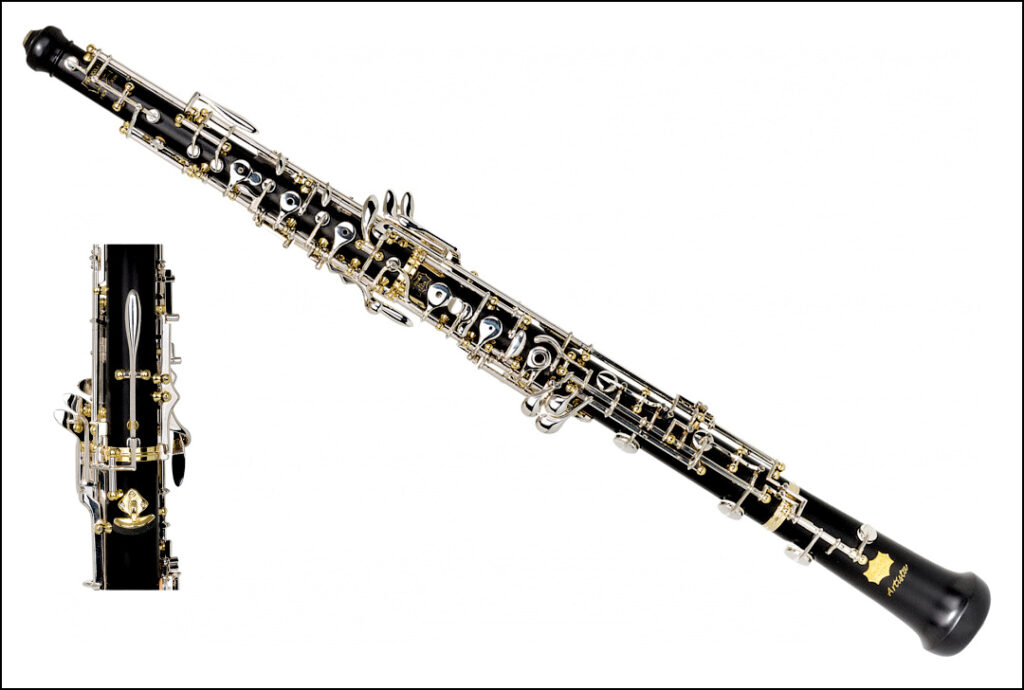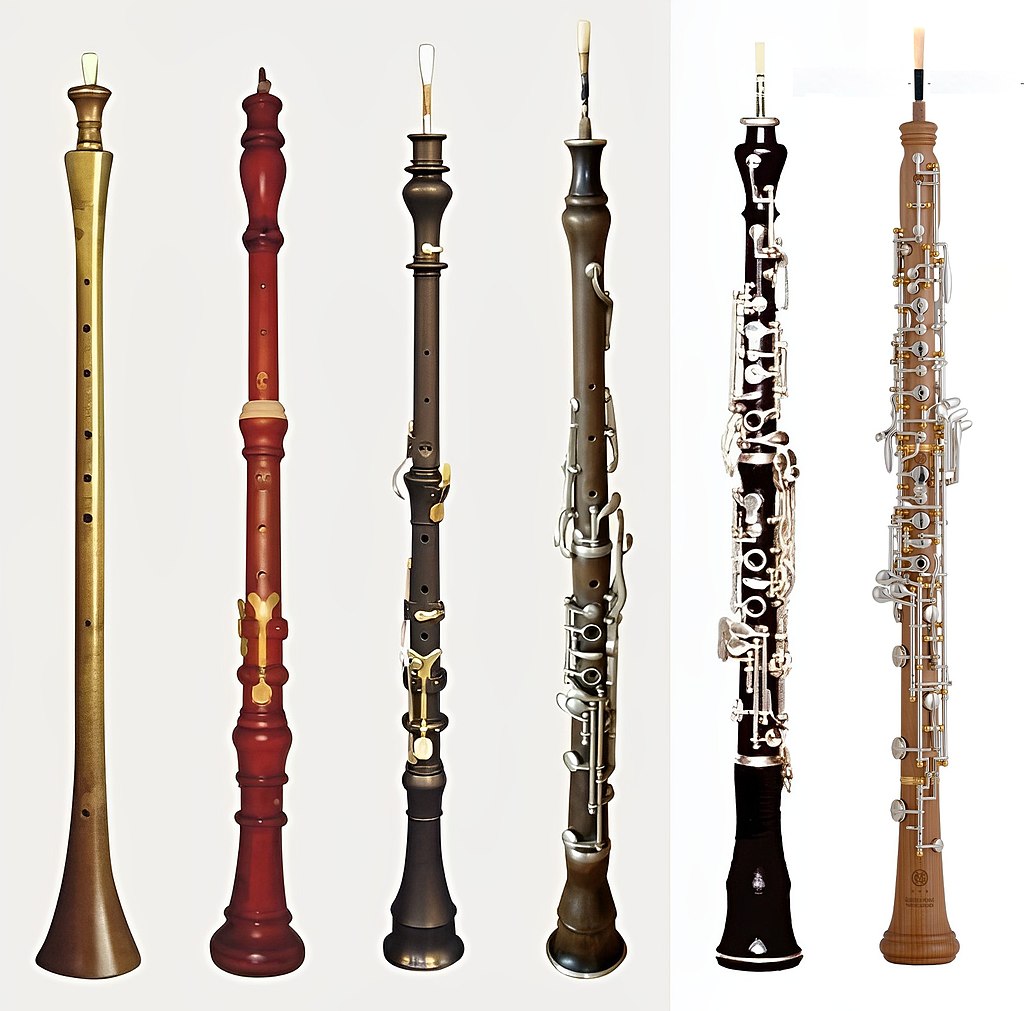
The oboe has its origins in the double-reed instruments of antiquity, with early versions believed to date back to ancient civilizations such as Egypt and Greece. However, the modern oboe began to take shape in the 17th century in France. The instrument evolved from the shawm, a loud double-reed instrument used in outdoor settings. By the late 1600s, the oboe was refined into a more delicate and expressive instrument, thanks to the work of instrument makers like Jacques Hotteterre, who is credited with developing the instrument’s design and playing technique.
Rise to Popularity
During the Baroque period, the oboe gained prominence in orchestras and chamber music. Composers such as Johann Sebastian Bach and George Frideric Handel incorporated the oboe into their works, showcasing its unique timbre and expressive capabilities. Its ability to blend with strings and woodwinds made it a favored choice for orchestral arrangements, enhancing the overall sound of ensemble music.
Cultural Significance
The oboe’s distinct sound has made it an integral part of classical music across Europe. In the 18th and 19th centuries, it became a staple of orchestras and was often featured in concertos and chamber music. The Romantic period saw further exploration of the oboe’s expressive potential, with composers like Richard Strauss and Maurice Ravel writing significant works for the instrument.
The Oboe in the 20th Century
The 20th century brought changes to the oboe, including advancements in instrument design and playing techniques. The development of the English horn, a larger and lower-pitched relative of the oboe, expanded the instrument’s family and repertoire. The oboe also found its place in contemporary music, with composers experimenting with its sound in various genres, including jazz and avant-garde compositions.
Modern Oboe
Today, the oboe continues to thrive in both classical and contemporary music scenes. Oboists explore diverse genres, and the instrument remains a vital part of symphony orchestras, chamber groups, and solo performances. Technological advancements in instrument manufacturing have also improved the quality and playability of oboes, allowing musicians to express themselves with greater ease.
Legacy and Influence
The oboe is not just an instrument; it embodies a rich history of musical expression and cultural significance. Its unique sound and versatility have made it a beloved choice among musicians and composers alike. As the oboe continues to evolve, it remains a vital voice in the world of music, connecting audiences through its haunting melodies and rich tonal colors.


Download, listen, create with the available samples: